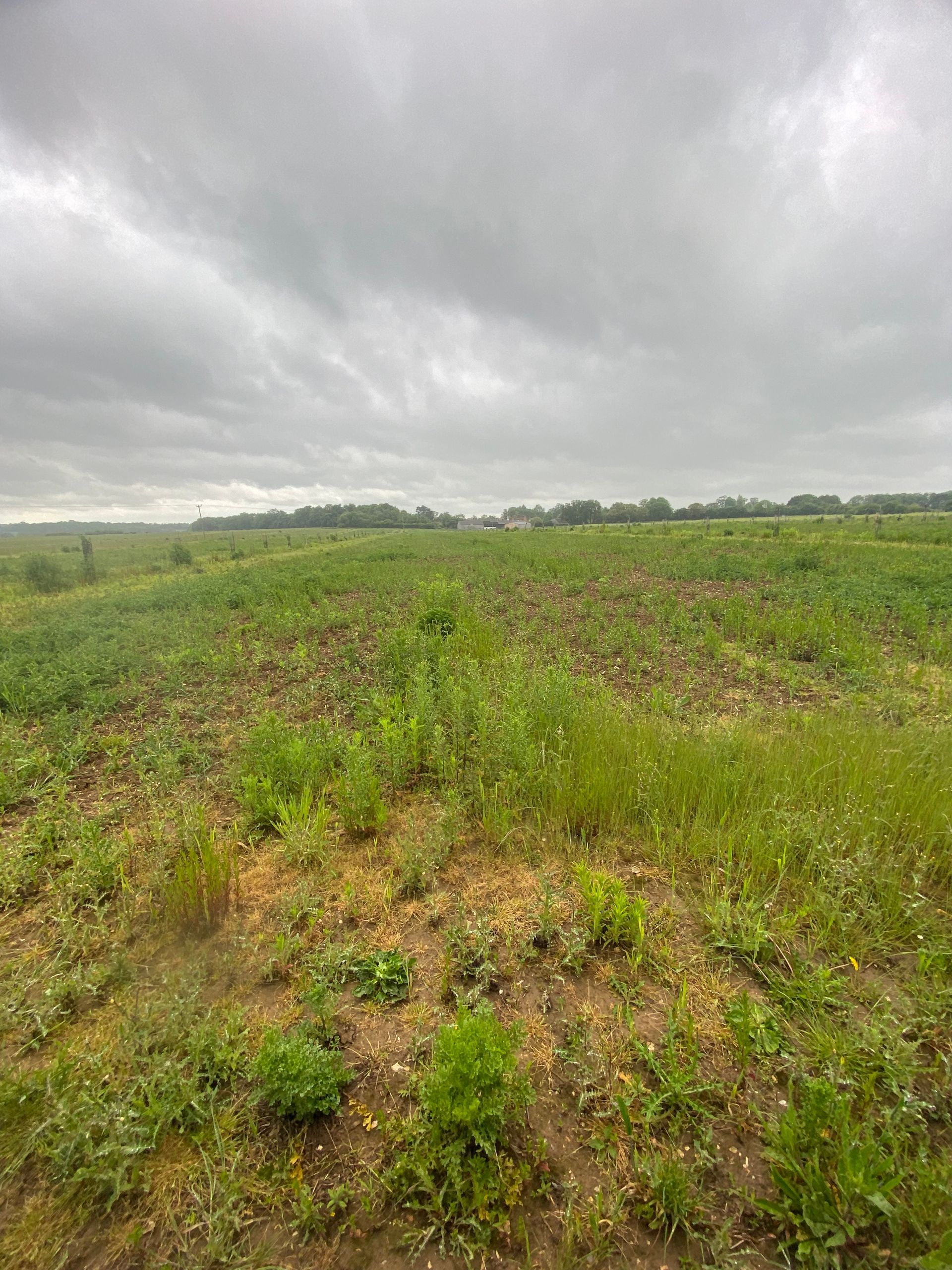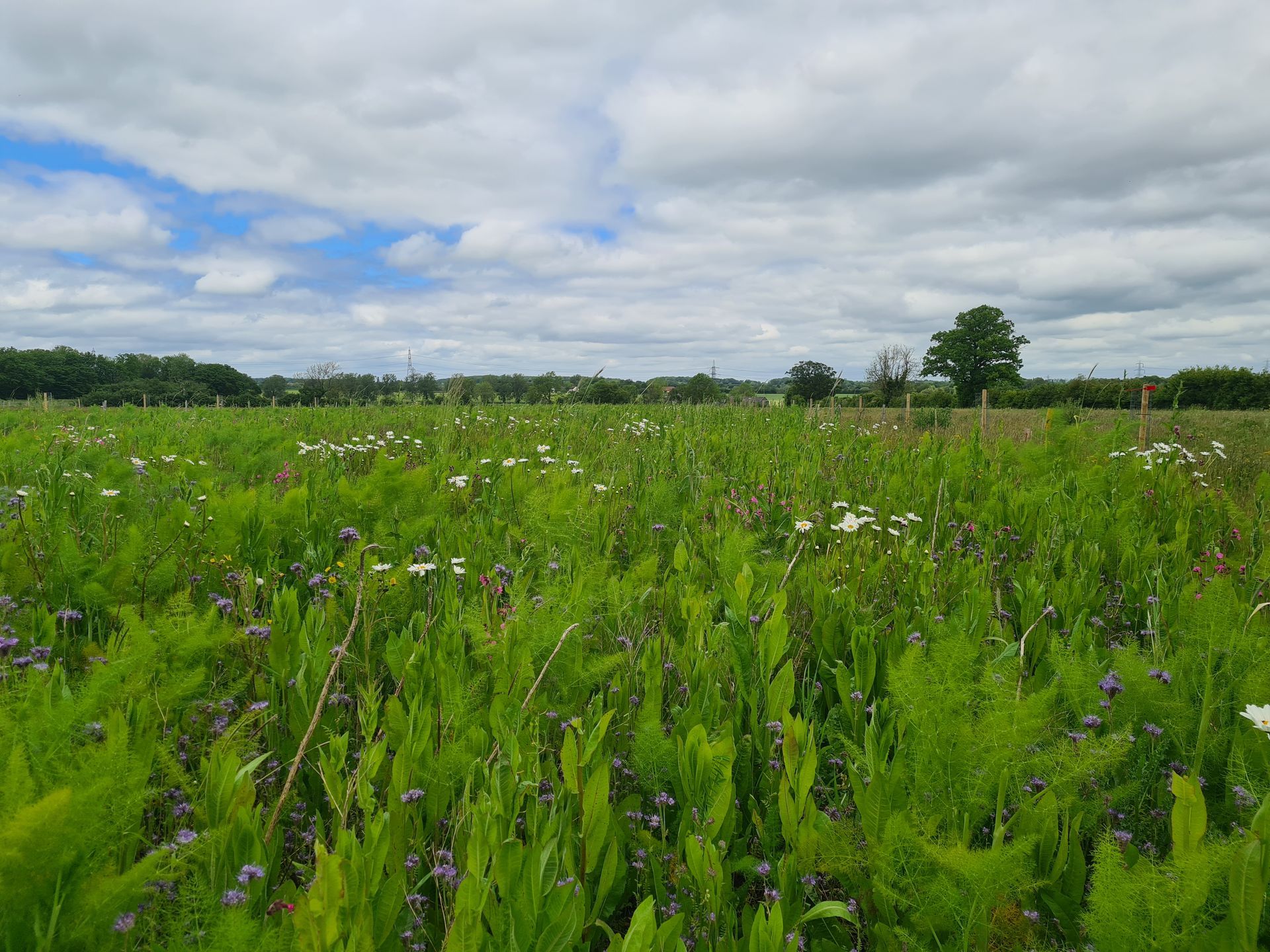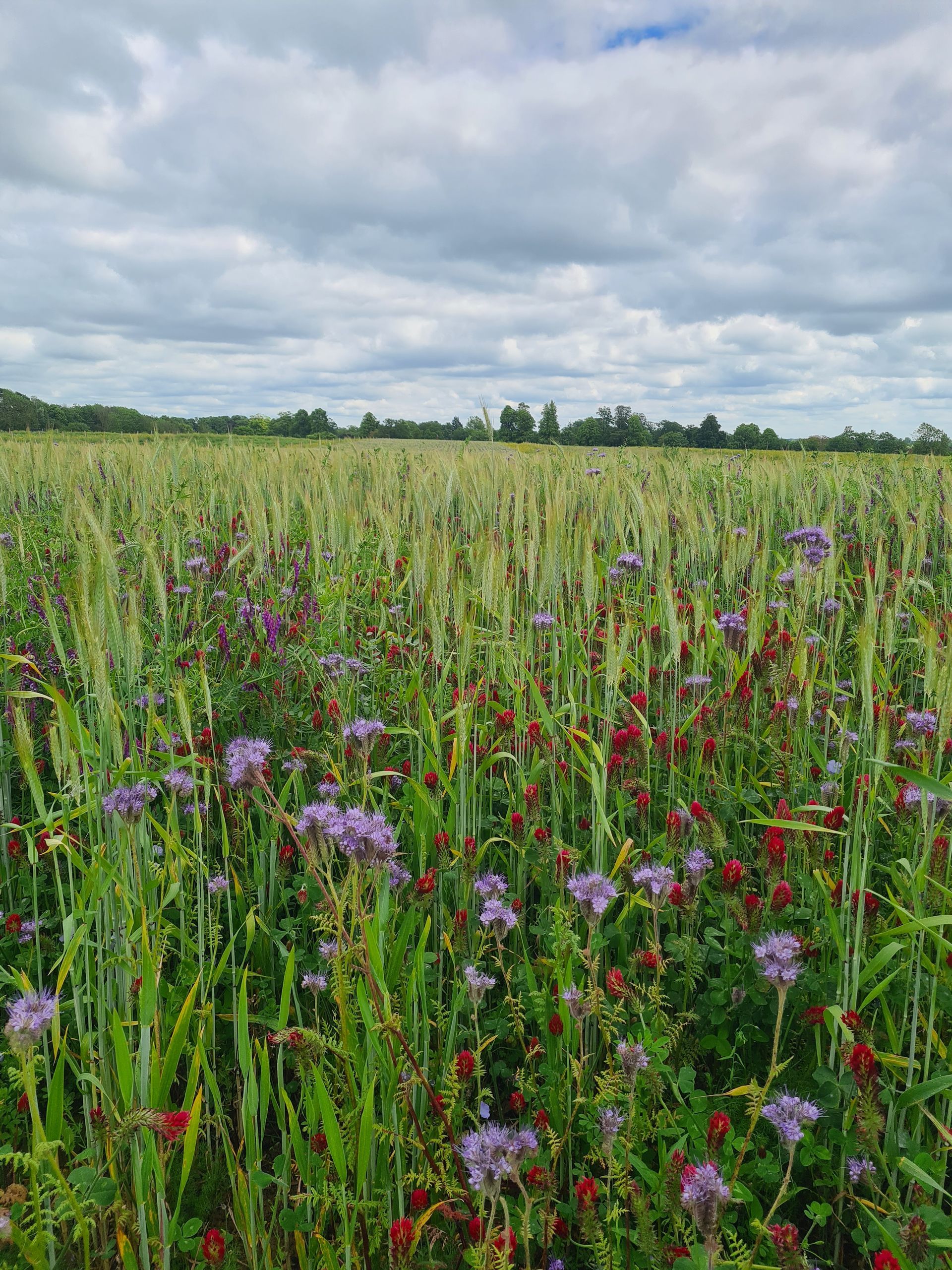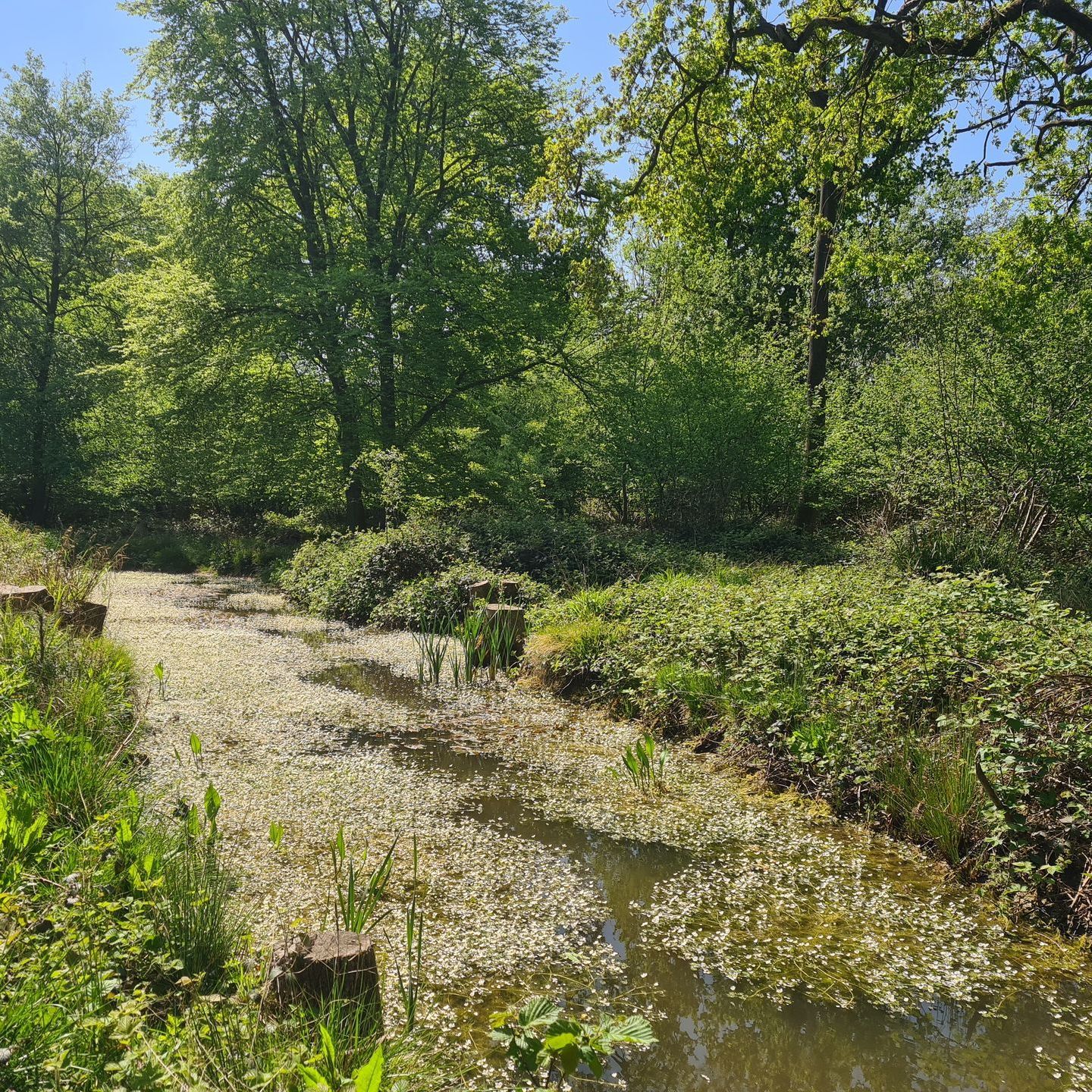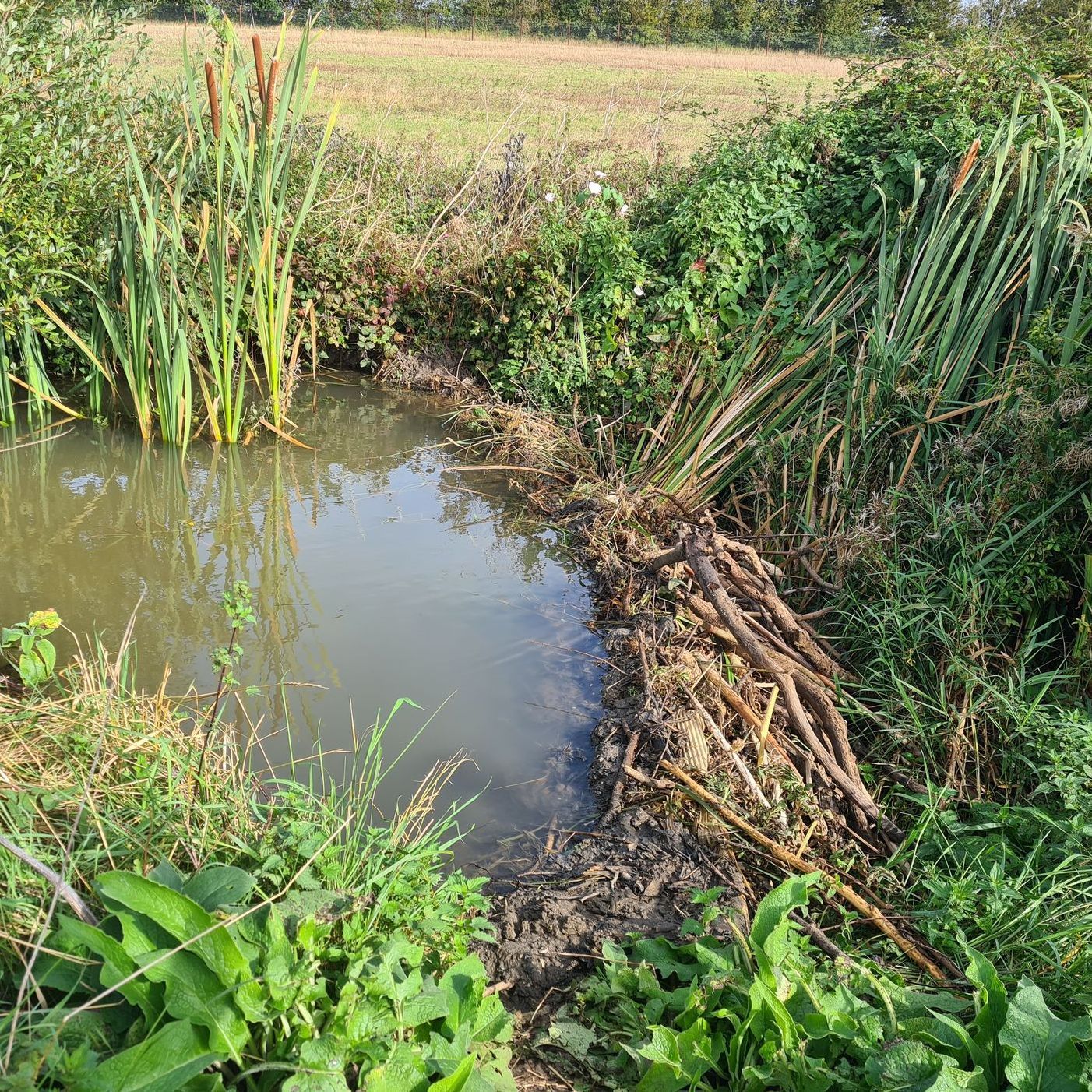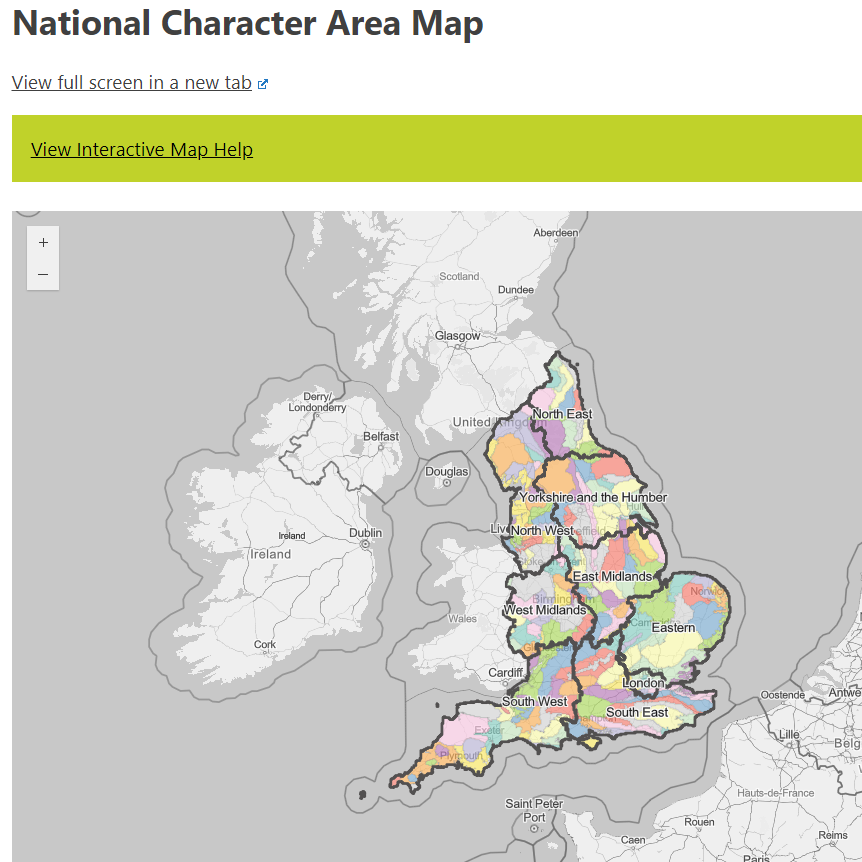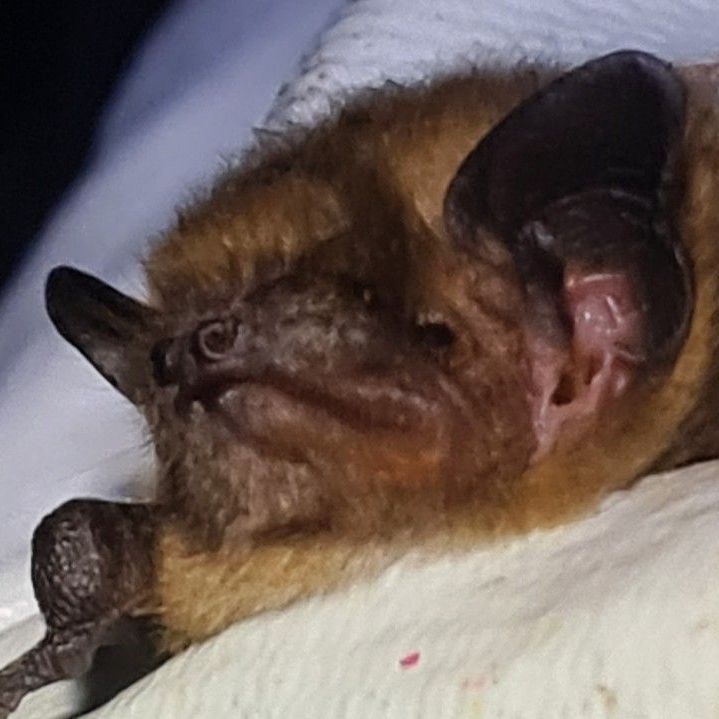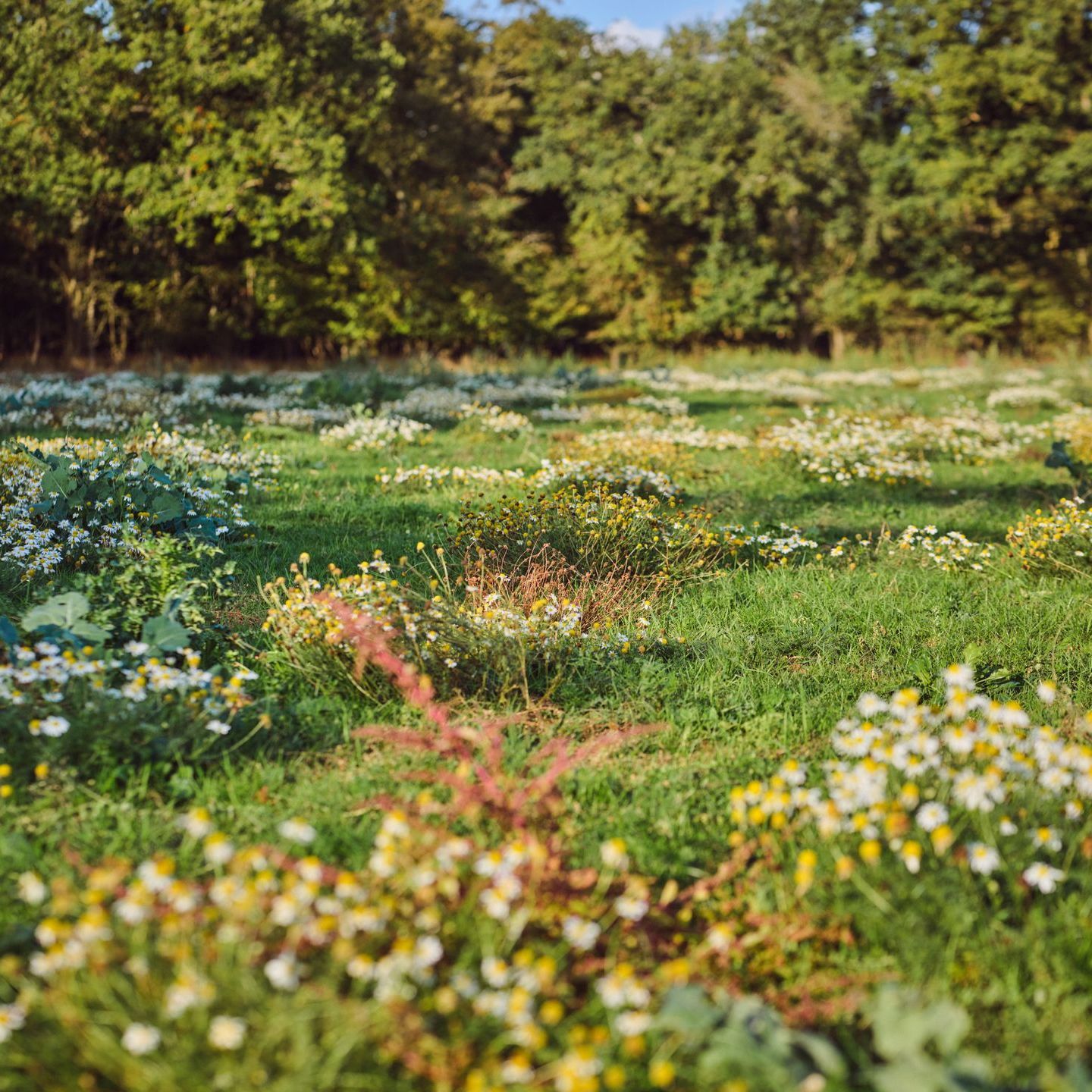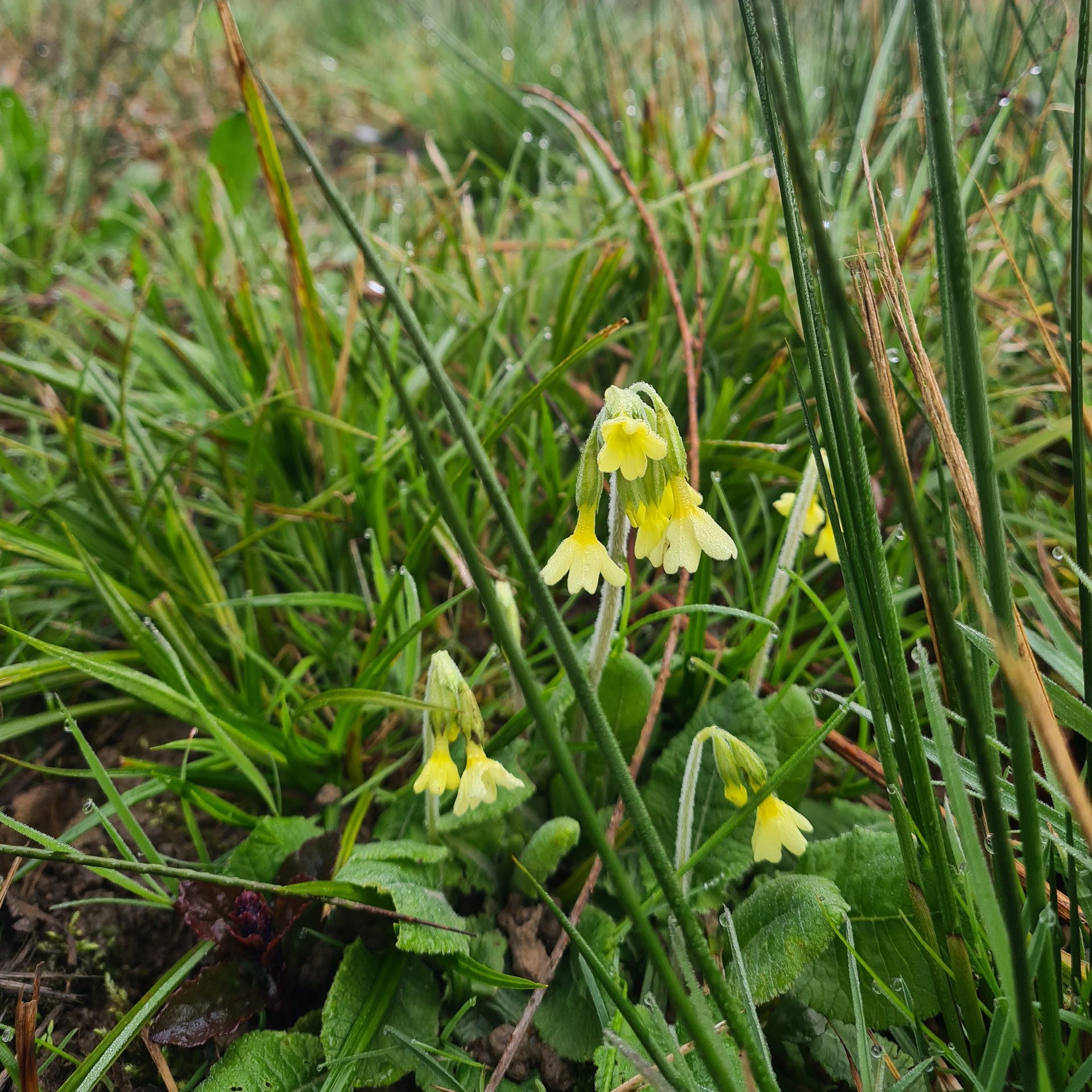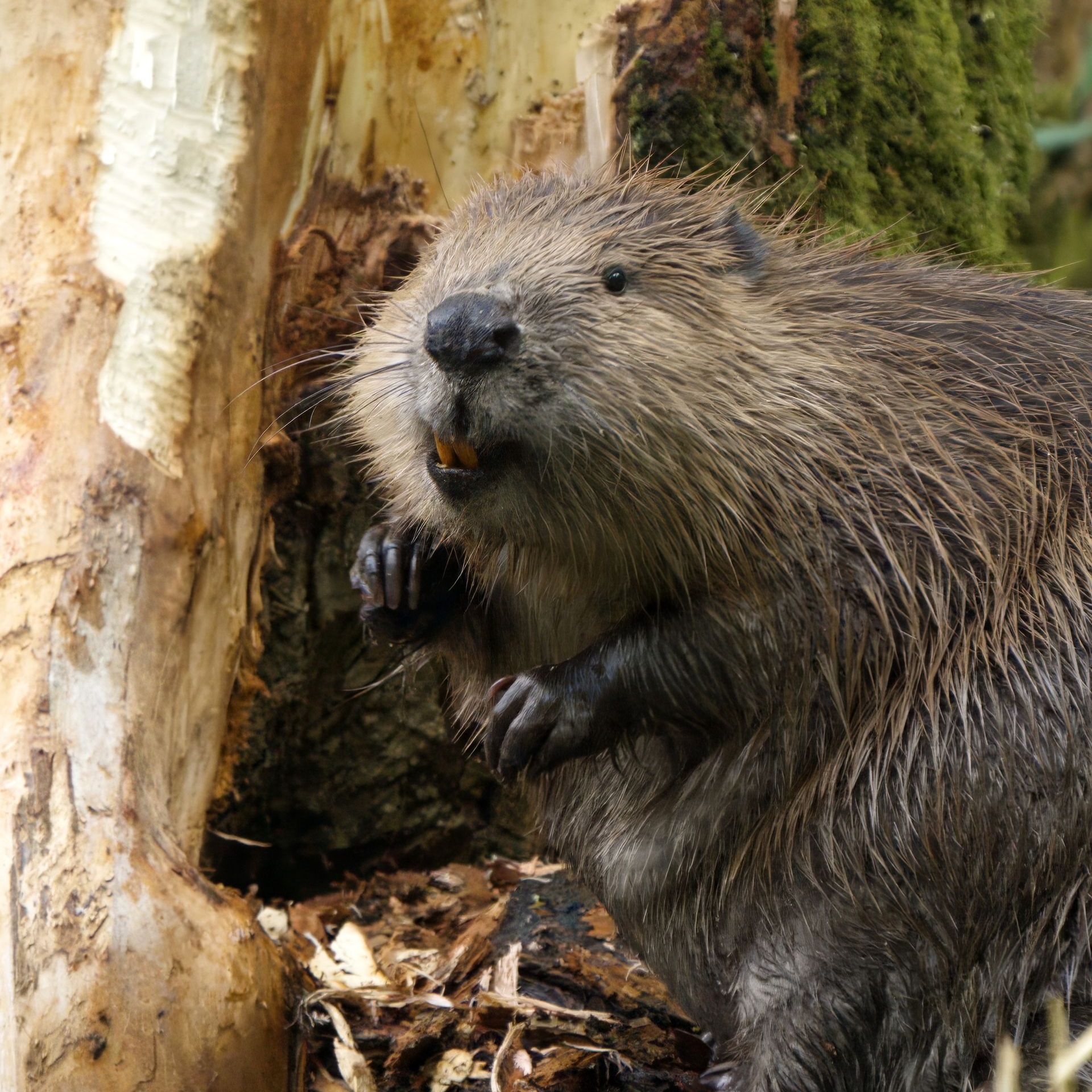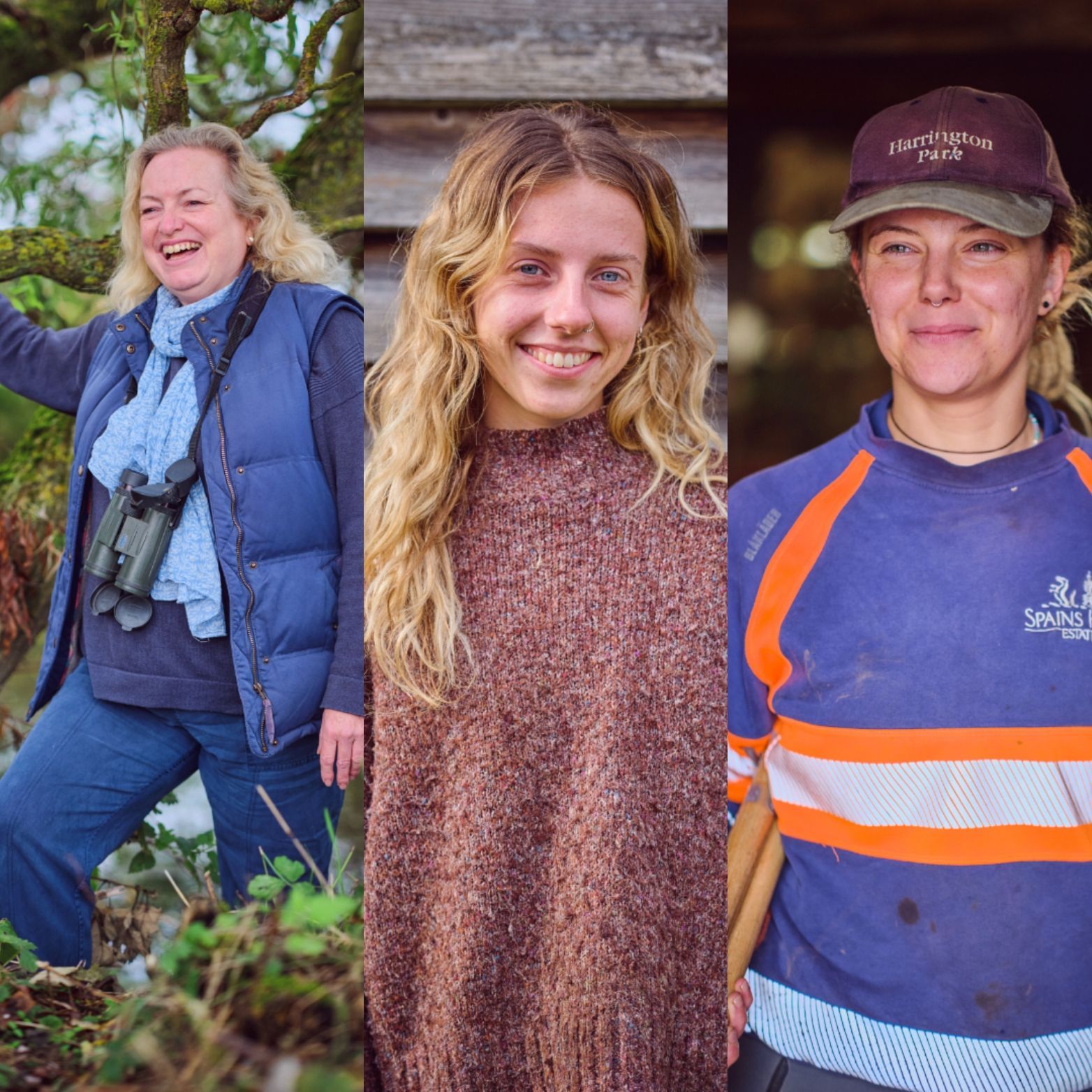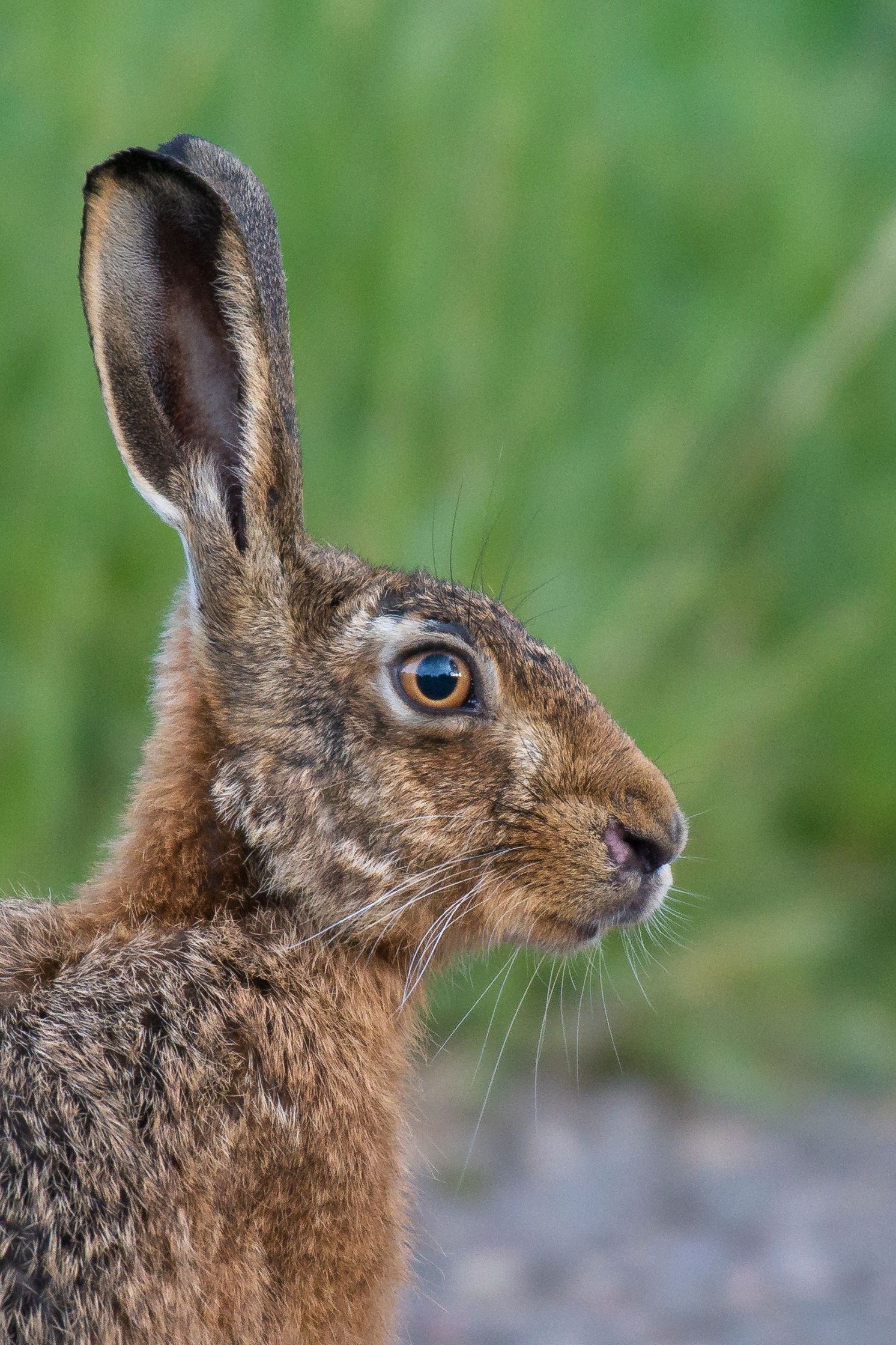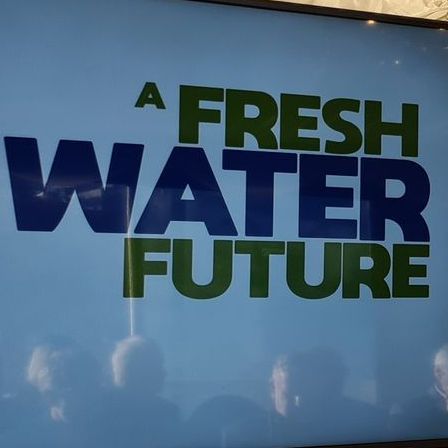In my second set of waterproofs of the day, I stride, or more accurately, squelch my way across one of the high points of the Estate, Howe Park, checking the establishing habitats and noting jobs that need doing. As another rain shower ends, for the briefest moment, the grey clouds part to reveal the sun and my spirits lift as a Skylark soars up from the fallow singing its way high into the sapphire blue summer sky.
Skylarks are rather non-descript to look at, definitely falling into the ‘little brown job’ category, but I’ve been fascinated by these optimistic songbirds since spending a couple of field seasons nest finding for a research project many years ago. I’m not alone in my fascination; numerous poems, prose and music have been inspired by this iconic farmland bird species over the centuries. One of my favourite pieces of music ‘The Lark Ascending’ perfectly captures the movement and song of a soaring Skylark. Perhaps I shouldn’t be surprised; the composer Ralph Vaughan Williams was well connected. His great uncle was Charles Darwin!
The Skylark is associated with a range of open habitats, and often also high ground. Whilst on the Estate we are planting nut trees across open farmland, we have also left open and high areas where Skylarks will be able to thrive, in addition to the year-round habitat created for farm wildlife between tree rows.
Skylarks nest on the ground, often tucked into the side of a short, meadow grass tussock or similar vegetation. The density and height (>0.5metres) of commercial winter crops such as wheat limits nesting opportunities, along with the availability of weed seeds and plant shoots for the adults, and invertebrates for typically 3-4 chicks per brood. By comparison, areas of annually cultivated fallow ground between some of our tree rows, are ideal, with an open, low growing and weedy structure. They don’t look pretty to humans, but to a Skylark, they are marvelous.
(Image: Annually cultivated fallow between tree rows, ideal for nesting Skylarks)


